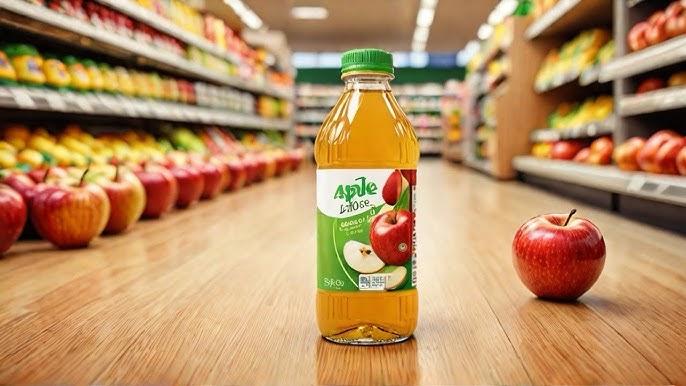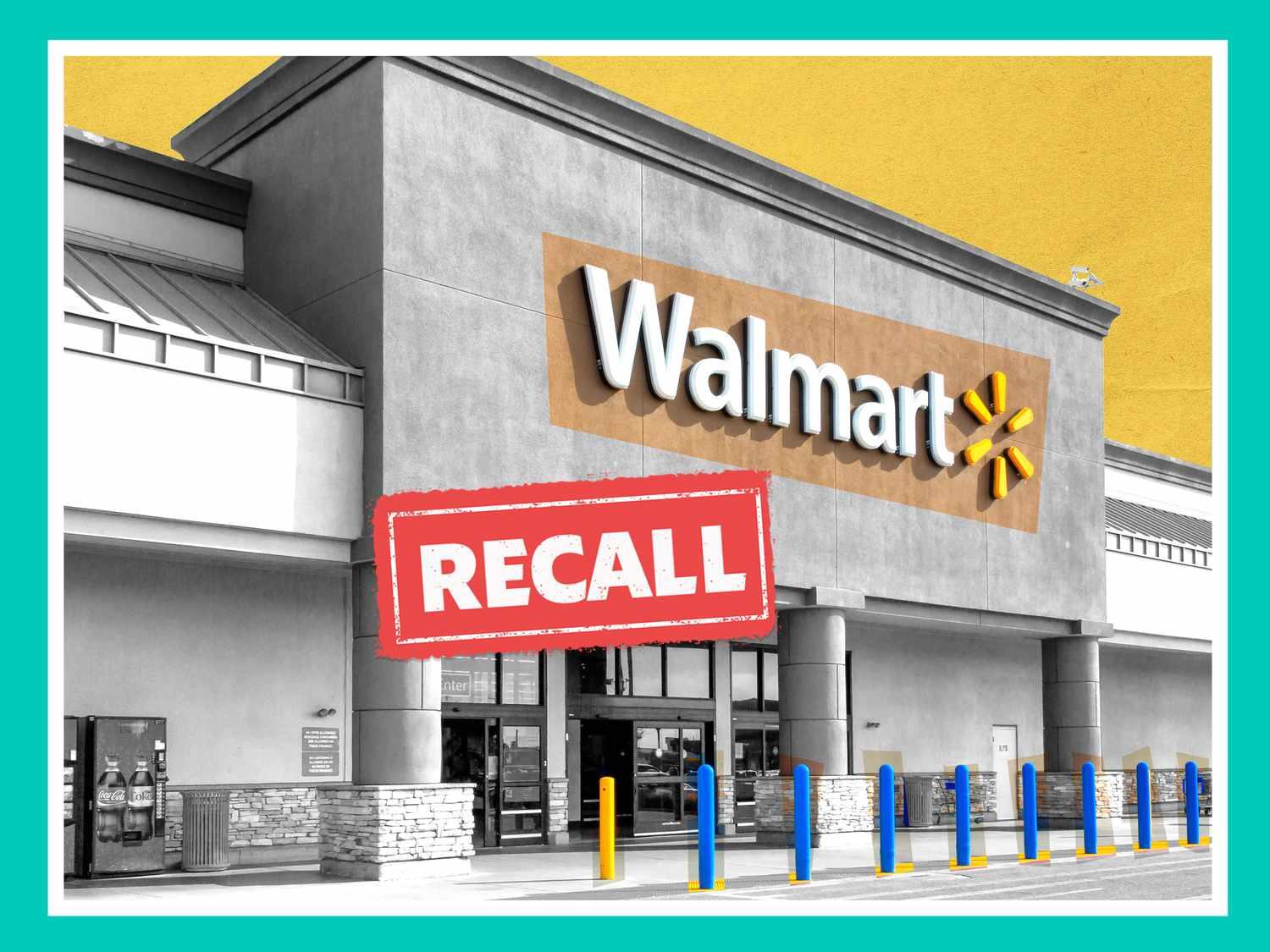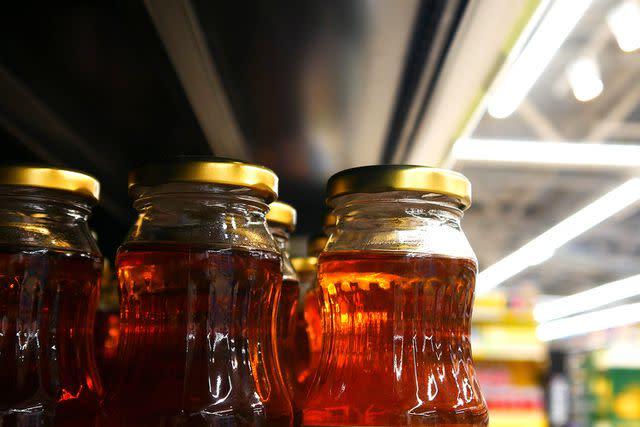A major retailer recalls 9,535 cases of apple juice. The FDA upgrades the recall’s urgency classification.
The contaminated juice reached 25 states, Puerto Rico, and D.C. Could this be just the tip of the iceberg?
Chemical Contamination: How Did It Happen?

Inorganic arsenic levels exceed industry standards in the juice. The manufacturer voluntarily initiated the recall.
Routine testing uncovered the contamination. Are our food safety measures truly effective?
Health Risks: Should Consumers Be Worried?

Low-level arsenic exposure can cause vomiting and abdominal pain. Inorganic arsenic is more toxic than its organic counterpart.
The EPA labels inorganic arsenic as a carcinogen. What long-term effects might this exposure have?
Recall Response: How Fast Did Retailers Act?

The retailer removed affected products from stores. They’re working with the supplier to investigate.
The FDA hasn’t reported illnesses linked to the recall. Is this swift action enough to protect consumers?
Arsenic in Food: A Common Occurrence?

The NIH reports low arsenic levels in many foods. Testing for arsenic is routine in food production.
Slightly elevated levels can cause various symptoms. How much arsenic do we unknowingly consume daily?
FDA’s Role: Balancing Safety and Panic?

The FDA classifies the recall as potentially causing temporary health issues. They don’t expect serious or irreversible medical problems.
No illnesses have been reported so far. Is the FDA being cautious enough?
Consumer Trust: Can It Be Regained?

The recall affects a popular everyday product. It spans a wide geographic area.
The contamination went undetected until routine testing. How will this impact consumer confidence in food safety?
Supply Chain Scrutiny: Where Did It Fail?

The manufacturer is investigating the contamination source. The recall highlights potential gaps in quality control.
It raises questions about supply chain oversight. Could better processes have prevented this issue?
Economic Impact: Beyond the Immediate Recall?

The recall involves thousands of product cases. It affects a major retailer and manufacturer.
Potential lawsuits and lost sales could follow. What will be the total cost of this contamination?
Future Prevention: Can We Stop This Recurring?

The incident may lead to stricter testing protocols. It could result in changes to manufacturing processes.
Consumer advocacy groups may push for tighter regulations. Will this recall spark meaningful change in food safety?


